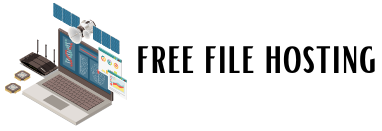Rapid application development differs from many other software development methodologies by a significant amount. Undoubtedly, the most substantial variation is how scrum methodology prioritizes speed above other approaches, which often priorities delivering a functioning product to the customers.
Another point to keep in mind is that quick application development favor’s a particular team with a small number of individuals. This enables speedy information dissemination transmission through brief sessions. Alternative development approaches, such as the waterfall methodology, favors better networks with various expertise.
Stages in the Development of a Rapid Application
Although the Phases of RAD Model have evolved throughout time, those four fundamental steps have remained consistent.
- Define the Specifications
Rapid application development distinguishes itself from the typical software engineering techniques right away. It just doesn’t request a lengthy list of requirements from end-users; alternatively, it asks for a general request. The broad breadth of the criteria makes it easier to provide required specifications at various stages of the design process.
- Prototyping
This is where most of the action happens. The consumers are then given the designs and asked to determine what they want and don’t want.
Most of the time, these prototypes are rushed to function to demonstrate specific characteristics without adequate polish. This is typical, and the finished product is only developed when both the customer and the programmer agree on the overall conclusion during the finalization step.
- Obtain feedback
Feedback about what’s great, what isn’t, what succeeds, and what doesn’t have is exchanged at this point. Not only is criticism restricted to pure functioning, but it also includes graphics and interactions.
Development continued with these consideration comments. These two processes are repeated until a finished product has been created that meets the needs of either the programmers or the customer.
- Finalize Software
It includes completed software detection while delivering it to the customer. The developers check its reliability, accessibility, and supportability are critical.
Final Verdict:
Because the Phases of RAD Model foundation are centered on quickness, it requires less effort to design than possible alternatives. However, because rapid application development tends to churn out a large number of concepts before releasing a final piece, the term is used in contrast to the minor.
Rapid application development also places a strong emphasis on involving the end consumer at every level of the planning process. User input is typically only sought at the starting and conclusion of the development phase in other approaches.
if you want more information about open-source rapid web application development platform and enterprise app modernization platform Contact us.



